Black Huckleberry (Gaylussacia baccata) is a woody native plant belonging to the Ericaceae family and is commonly found in the eastern regions of Canada and the United States. This resilient shrub thrives in its natural habitat alongside blueberry plants, with which it shares a striking resemblance. Known for its ecological benefits, the black huckleberry is a favorite among butterflies and provides a habitat for their larvae, making it an excellent choice for gardeners looking to support local wildlife.
| Common name | Black Huckleberry |
| Botanical name | Gaylussacia baccata |
| Family | Ericaceae |
| Species | baccata |
| Origin | Eastern Canada and U.S.A. |
| Life cycle | Woody |
| Plant type | Native Plant |
| Sunlight | Full Sun |
| Maintenance | Medium |
| Soil condition | Loam |
| Soil ph | Acid |
| Drainage | Well-Drained |
| Harvest time | Summer |
| Flowering period | Spring |
| Height | 1 ft. – 3 ft. |
| Flower color | Pink |
| Leaf color | Gold, Yellow |
| Fruit color | Black |
| Stem color | Black |
| Fruit type | Berry |
| Fruit benefit | Edible |
| Flower benefit | Showy |
| Garden style | Drought Tolerant Garden |
| Uses | Coastal |
I. Appearance and Characteristics
Gaylussacia baccata, the black huckleberry, is a common huckleberry found throughout a wide area of eastern North America.
The plant is native to Eastern Canada and the Great Lakes region, the Midwestern and Northeastern United States, and the Appalachian Mountains, the Ohio/Mississippi/Tennessee Valley, and Southeastern United States. The range extends from Newfoundland west to Manitoba and Minnesota, south as far as Arkansas, Alabama, and Georgia.
Black huckleberries are deciduous and perennial shrubs. In their natural habitat or proper environmental conditions, they can reach from 1 to 5 feet (0.3-1.5 m) in height.
They are usually very stiff, upright, and come with a multi-branched overall look. These shrubs have a spreading and dense growth habit, forming extensive colonies whenever they have the chance.
The leaves of Black huckleberries are small, shiny on the upper surface, hairy on the lower surface, ovate, narrowly oval, or ovate with finely toothed edges. They grow alternately arranged on slightly woody, pubescent, or hairless stems.
Their younger leaves usually exhibit shades of bronze to red. At maturity, the foliage turns into various hues of glossy green, especially during the summer months.
Blooming season is typically in spring, but it can also last until summer in some regions. Black huckleberries produce numerous raceme-like clusters of cute, down-facing, and bell-shaped flowers.
Their blossoms measure up to 0.3 inches (8 mm) in diameter and have delicate petals with curved tips. They can have several colours, such as white, yellow, pink, or red.
After their flowering period, Black huckleberries replace their blooms with fruits. The berries are initially green, becoming blue-black when mature. Each berry has a fleshy, sweet pulp, and contains 10 seeds.
The shrub is considered fire-resistant due to surviving rhizomes quickly sending out new shoots following fires.
It is a larval host to the brown elfin, Gordian sphinx, Henry’s elfin, and huckleberry sphinx.
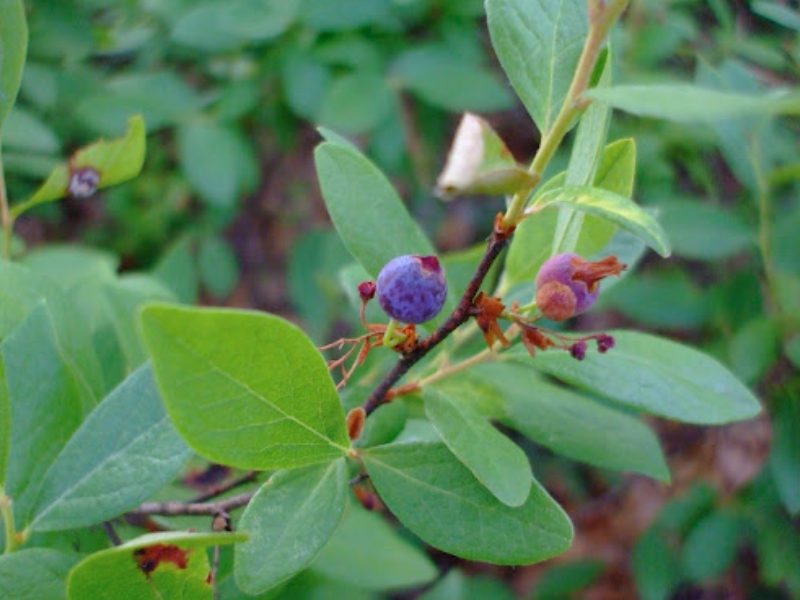
II. How to Grow and Care
Sunlight
The best fruits are produced when the Black Huckleberry is grown in partial or dappled shade. Full sun is tolerated but fruiting may be limited.
Temperature
Temperature-wise, Black huckleberries are frost-hardy in USDA zones 3 to 7. These shrubs can easily withstand harsh winter temperatures that drop to -30 °f (-35 °C). Additionally, they will fruit and bloom healthier if you provide them with low nighttime temperatures in spring.
Watering
Like most species of shrubs, Black huckleberries are generally tolerant of drought for long periods. Yet, these plants have moderate to dry water demands and thrive when they are growing in constantly damp soil. But if you cannot manage to provide them with water regularly, do not panic! They are very forgiving and will keep loving you no matter what.
For optimal results, make sure you always check the soil of your shrubs in-between waterings. As a general rule, you should water your Black huckleberries only when the substrate has dried out completely. During their active growing period in spring, however, you must water them once the top 2 to 3 inches (5-7.5 cm) of soil feels dry to the touch.
Soil
A sandy or rocky soil that is free draining and slightly acidic is considered its ideal soil.
Fertilizing
For optimal care, fertilize black huckleberry with a balanced fertilizer in spring to support new growth, and high-nitrogen feed during fruiting. Use fertilizers following manufacturer’s instructions, typically every 2-4 weeks. Proper fertilization enhances growth, fruit production, and plant resilience. Over Fertilizing can harm black huckleberry, so apply sparingly, avoiding direct contact with stems and leaves. Seasonally, reduce feeding in fall and winter, when black huckleberry’s growth slows. Always water black huckleberry after applying fertilizer to help nutrient absorption and prevent root burn.
Pruning
As a slow-growing shrub, the Black Huckleberry does not need much pruning. However, dead or diseased material can be pruned away when the plant is dormant in winter.
Spacing
In the right conditions, the Black Huckleberry can grow to a maximum size of 1 to 3 feet tall and wide. If planting multiple shrubs, a spacing of 3 to 4 feet between plants will give them space to mature.
Propagation
Do you want to fill your garden with more Black huckleberries? Many growers decide to propagate them using seeds, but they are usually short-lived and tricky to germinate. The easiest and most efficient method to obtain more of these charming shrubs is the old-fashioned division.
Still, you should divide your beloved plants only when they are mature, large, and well-established. In general, younger specimens have tender roots and do not handle this kind of stress pretty well.
As always, all you have to do is get your Black huckleberries out of the soil and divide their roots into as many sections as you wish. Make sure that each divided part has at least one branch (stem) that emerges from it to ensure proper growth.
After this process, transplant your baby plants in their permanent spots and give them the same care as before. If you have sections that are too small for the garden, you can plant them in pots and surprise your family members or friends with an eye-catching shrubby gift!
Transplanting
Consider transplanting black huckleberry between S1 and S2, as this period allows its roots to establish before active growth. Ensure black huckleberry is transplanted in a location with good drainage and partial shade. Always handle the roots gently to prevent damage.
Pests and Diseases
Black huckleberries are essentially fearless when it comes to pests and fungal diseases. Although some pests like aphids, spider mites, or mealybugs might visit them occasionally, they are not as damaging as with other species of plants. If you notice any suspect presence on your shrubs, you can handpick the intruders and apply neem oil on the infected parts.
III. Uses and Benefits
- Ornamental uses
The black huckleberry plant adds interest to gardens almost year-round, with ornamental spring blooms, bright summer berries, and colorful autumn foliage. It can be added to wildlife or informal gardens, either as a border shrub or accent around trees, where it attracts birds and butterflies. Because it can grow in dry and harsh conditions, it works well in coastal gardens and rock gardens, too.
- Culinary uses
Berries are sweet and tasty. People and animals eat them raw, jellied, or baked into pancakes, muffins, and many other items.
Find Where to Buy the Best Black Huckleberry (Gaylussacia baccata)

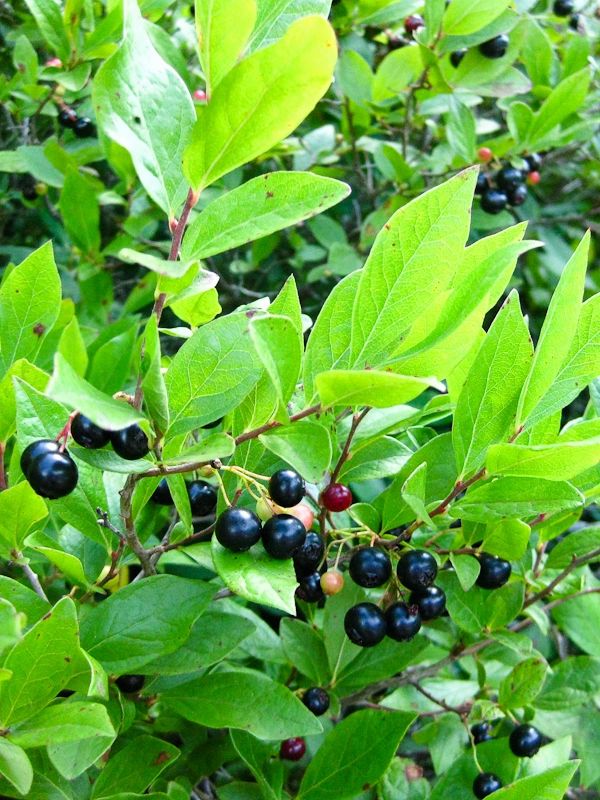
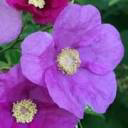


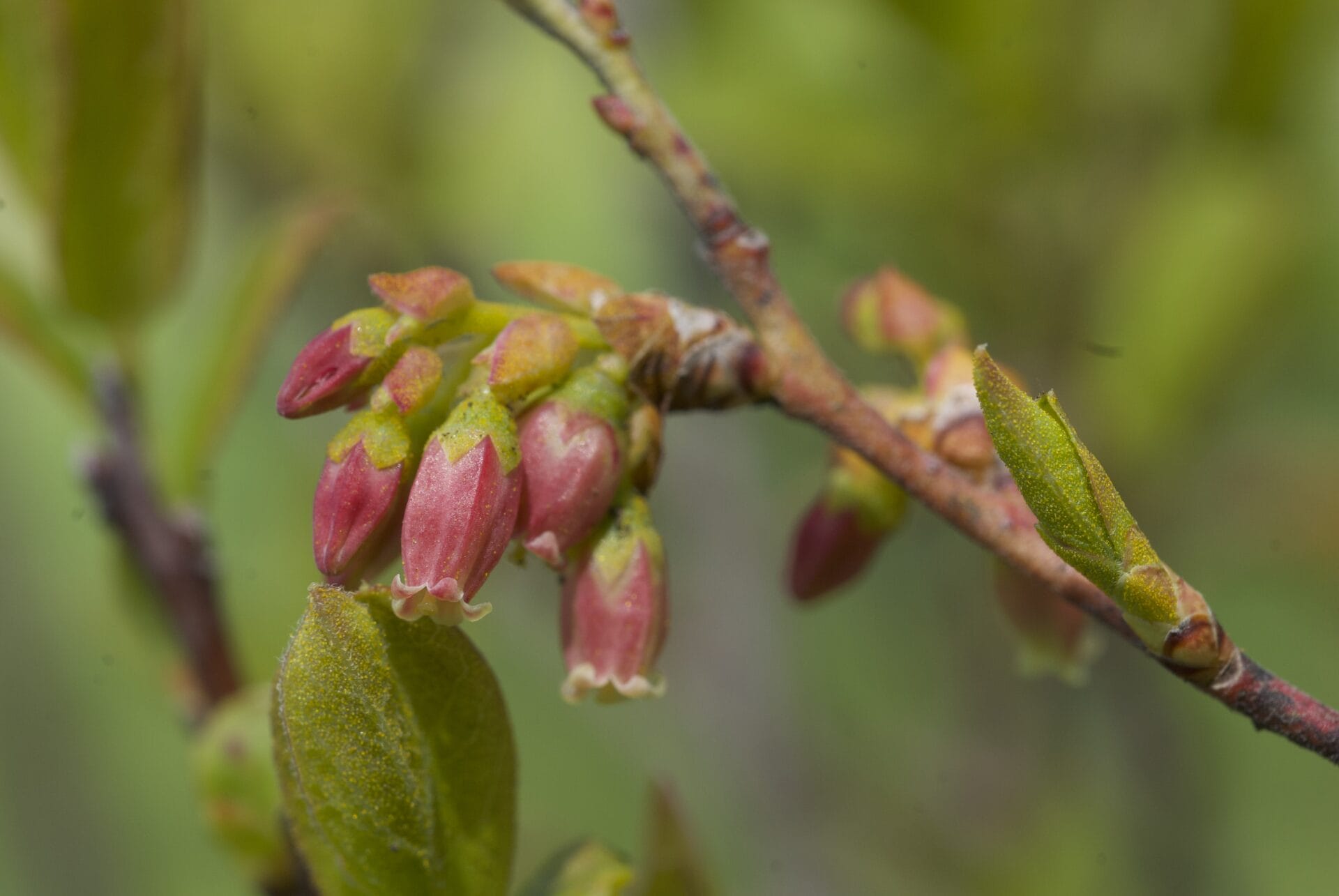

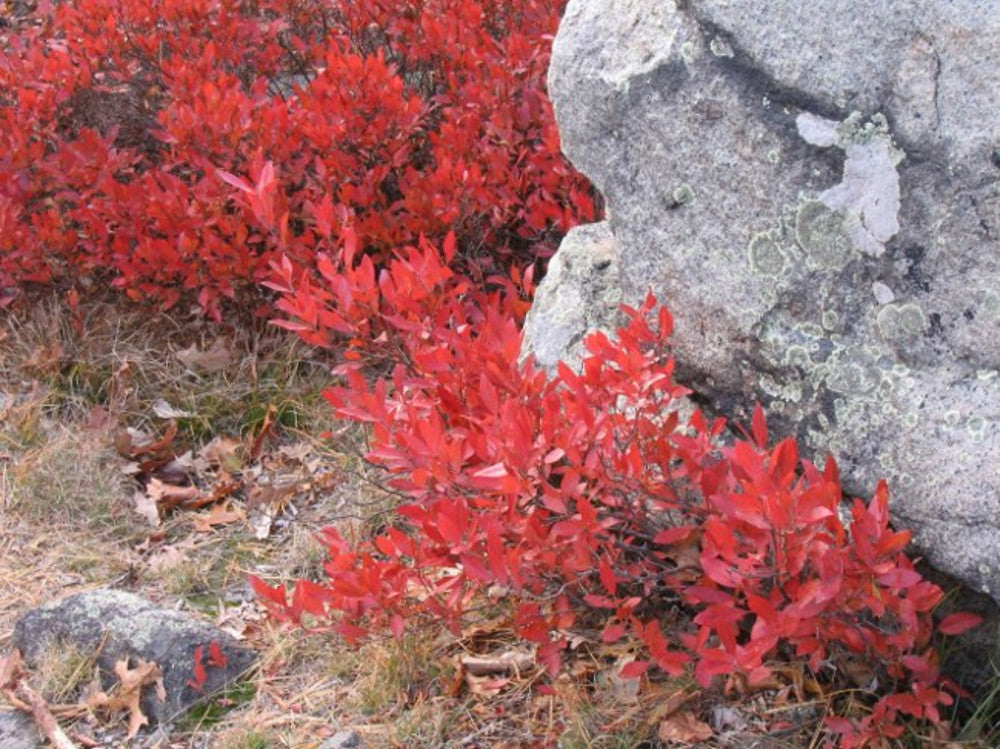


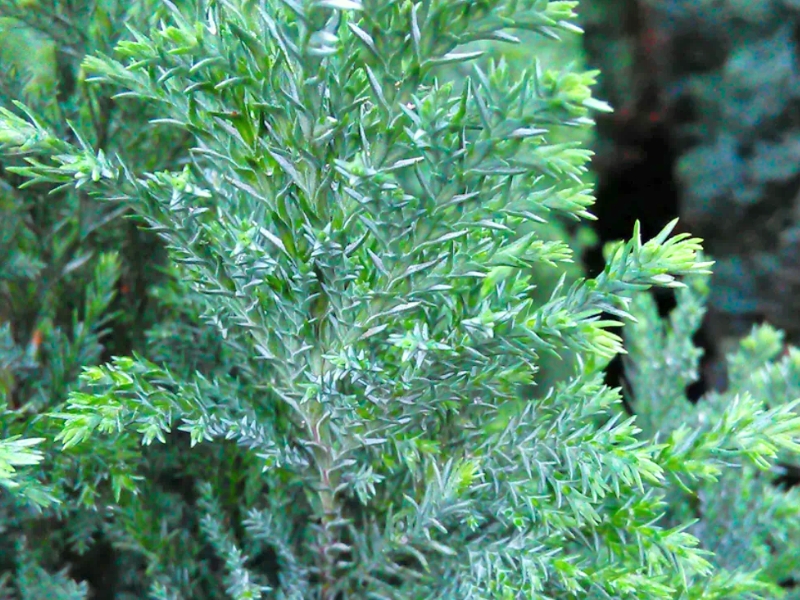
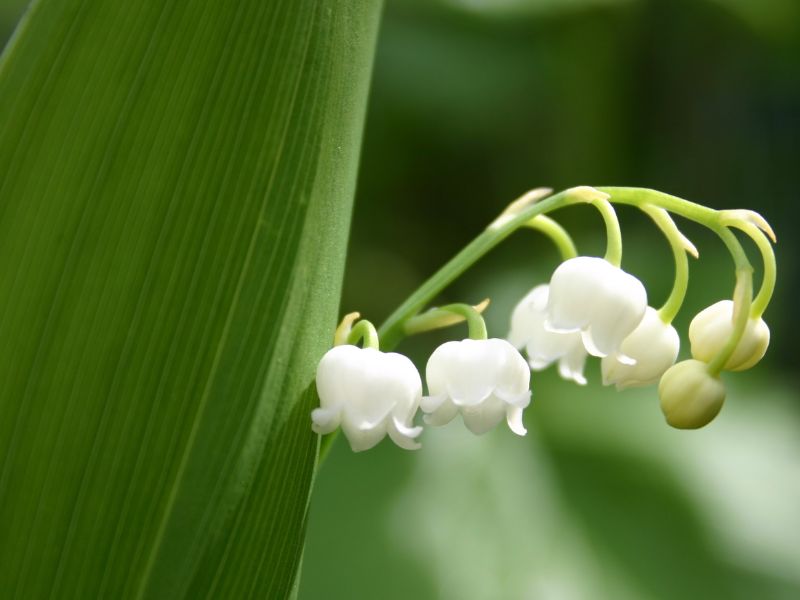
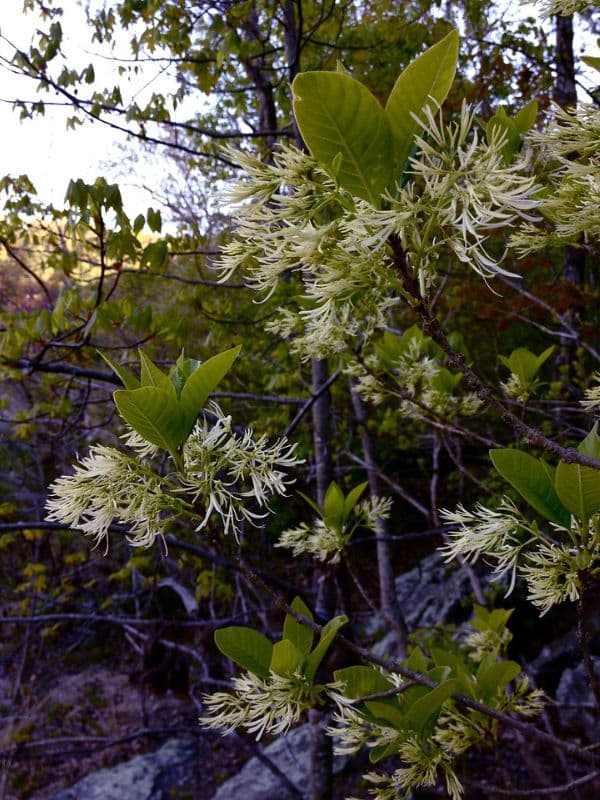
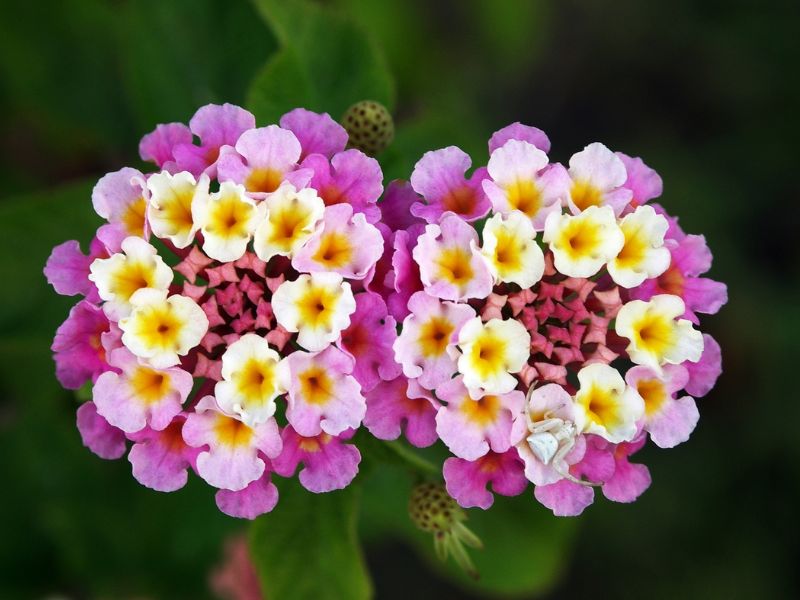
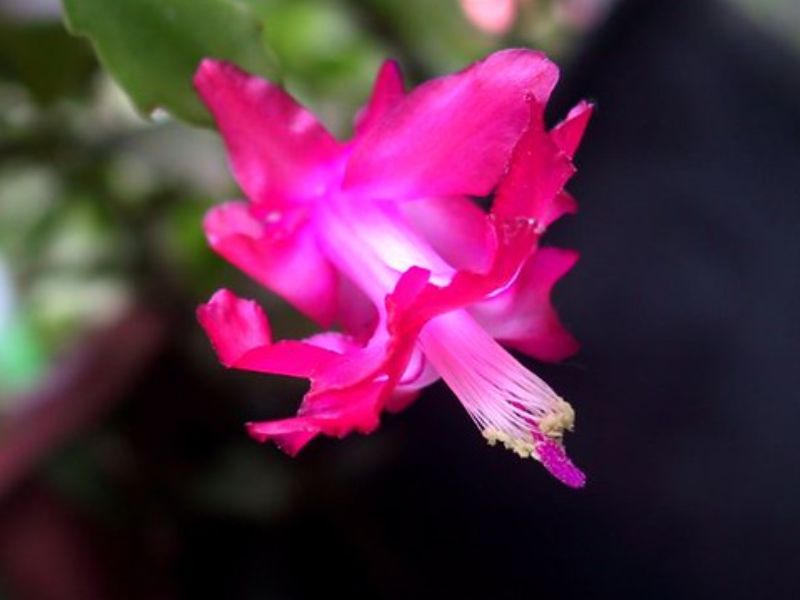
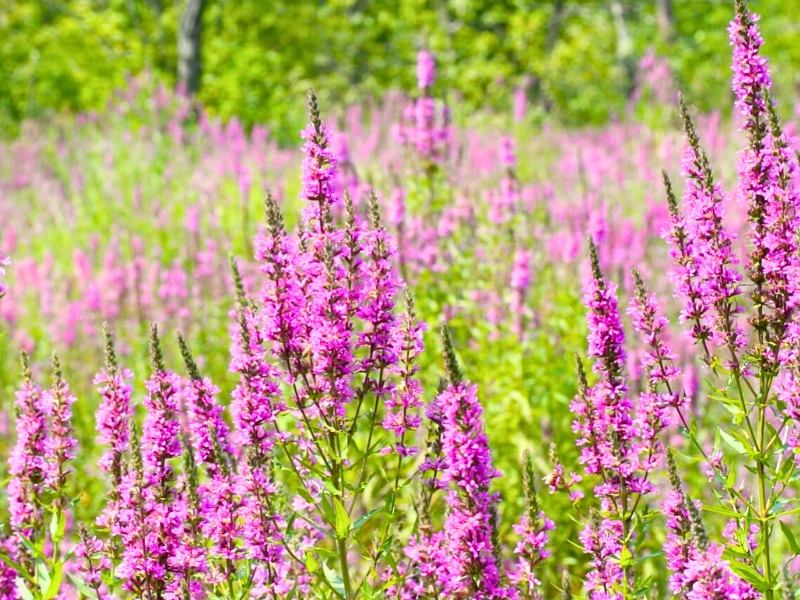
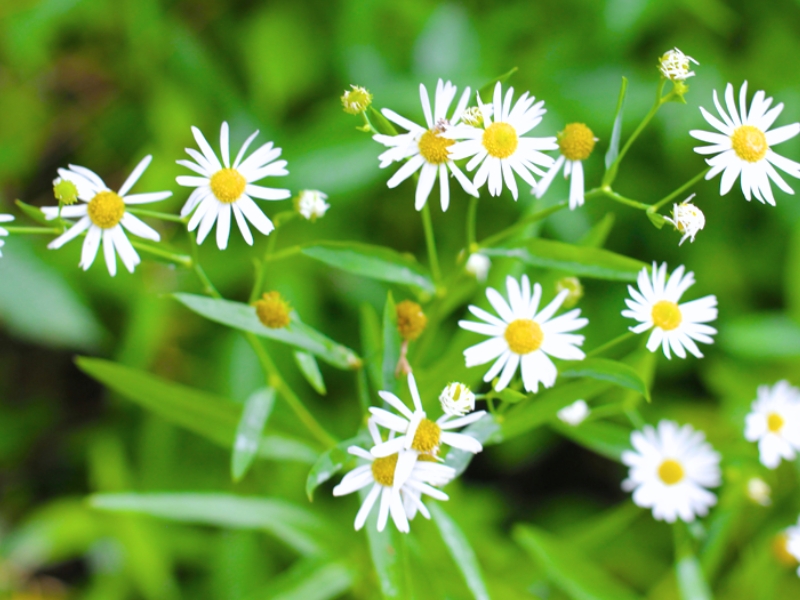
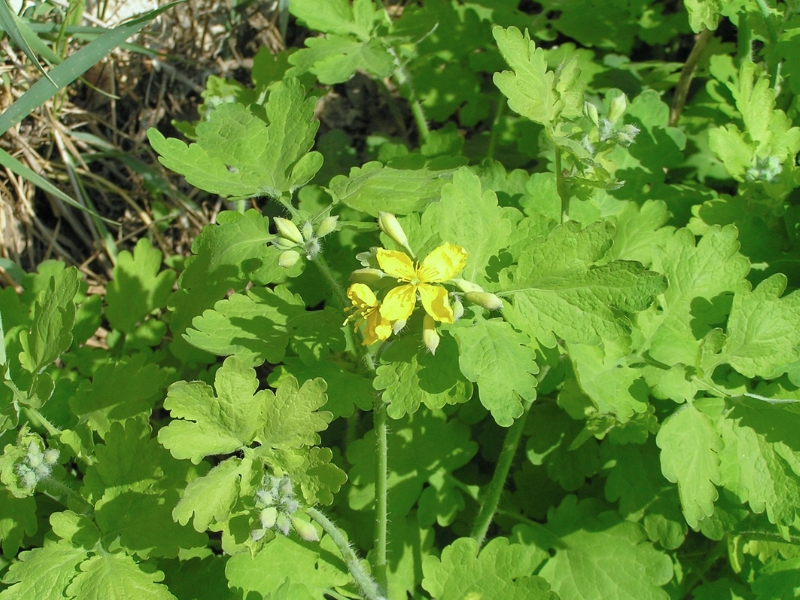
Leave a Reply